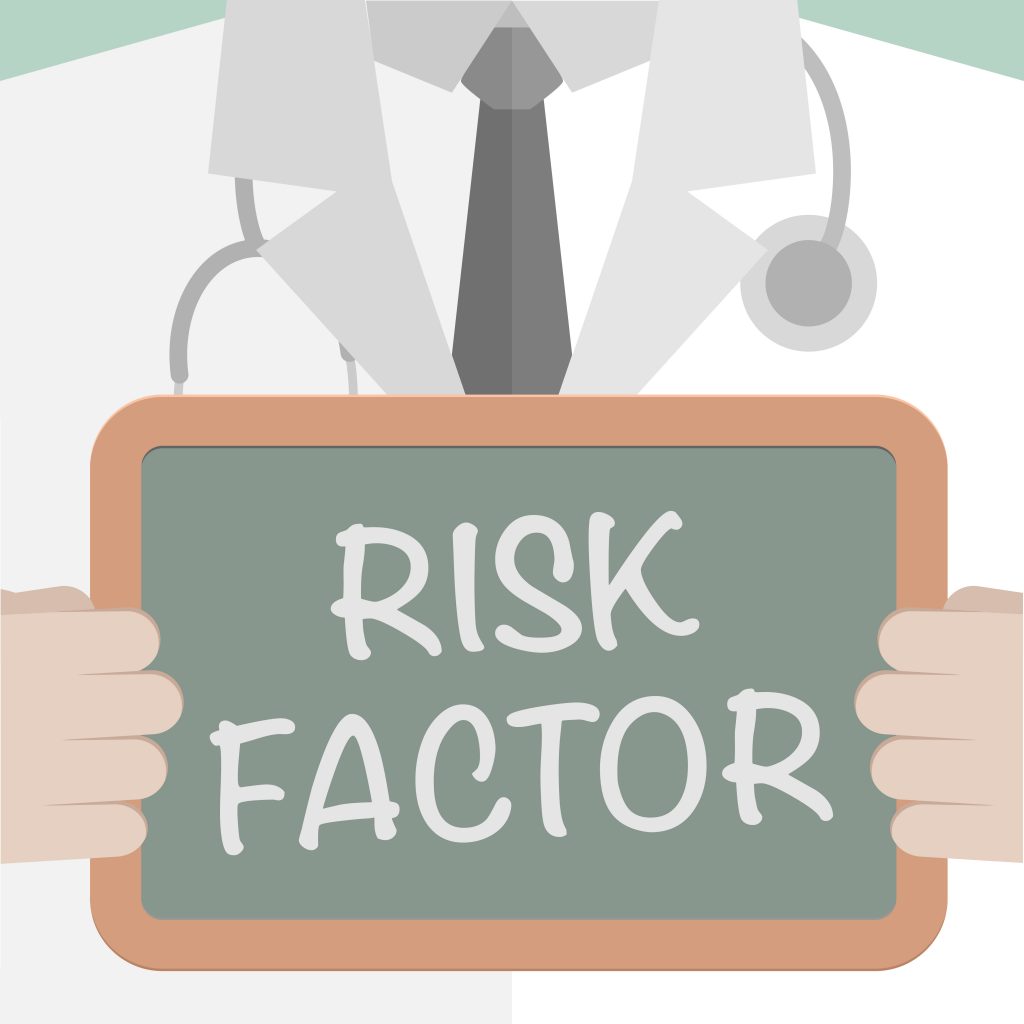Age, Type of Surgery Linked to Thymoma Relapse Risk in MG Patients

Among myasthenia gravis (MG) patients whose thymomas — tumors of the thymus — are surgically removed, those who are younger, have a more advanced thymoma, and whose surgery is other than a sternotomy or video-assisted thoracic surgery (VATS) appear to be at a higher risk of cancer relapse, a study from Italy reported.
These findings suggest that these patients should be carefully monitored for cancer recurrence, its researchers stated.
The study, “Thymoma‐associated myasthenia gravis: Clinical features and predictive value of antiacetylcholine receptor antibodies in the risk of recurrence of thymoma,” was published in the journal Thoracic Cancer.
Current estimates indicate that 10%–15% of people with thymoma develop MG, while about 30% of MG patients simultaneously have a thymoma (called T-MG). Surgical removal of the thymus — called a thymectomy — is indicated for all MG patients, regardless of their MG type.
Even after a thymectomy, cancer relapse is estimated to occur in 5% to 17% of cases, typically after an average of five years. However, risk factors for thymoma relapse in T-MG patients undergoing thymectomy are largely unclear.
Researchers at University of Pisa and its associated hospital analyzed demographic and clinical data covering 239 adults with T-MG and autoantibodies against acetylcholine receptors (AChR), who underwent thymectomy between January 1987 and December 2016.
Notably, the presence of anti-AChR autoantibodies — those targeting the body’s own tissues — is one of the main causes of MG, and is associated with disease severity.
The team evaluated, reportedly for a first time, the effects of thymectomy on blood levels of autoantibodies against AChR in T-MG patients. They also looked at several potential risk factors for cancer relapse: age at MG onset, disease severity, thymoma stage, age at the time of thymectomy, surgical approach, and levels of anti-AChR autoantibodies.
Women and men in their analyses were in similar proportions. Patients had a mean of 49.8 years at disease onset, and of 50.3 years when thymectomy was performed.
Four different thymectomy approaches were used: VATS, sternotomy, cervicotomy, and thoracotomy.
VATS is a minimally invasive procedure that involves small incisions in the chest wall to insert a camera and surgical instruments; images transmitted onto a video monitor are used to guide the surgeon through the procedure.
The other three approaches are more invasive, involving the removal of the thymus through an incision in the sternum (sternotomy; similar to open heart surgery), in the neck (cervicotomy), or in the chest wall (thoracotomy).
Results showed that higher levels of anti-AChR autoantibodies before surgery were significantly associated with a more severe disease.
These levels fell significantly after thymectomy, supporting “an immunological role” of thymoma in MG development and thymectomy as a “disease modifying” treatment in MG with anti-AChR autoantibodies, the researchers wrote.
This drop was more pronounced in women, and in patients with a disease onset at age 50 or older, and with less severe MG and more advanced thymoma (more likely to spread outside the thymus).
At a median follow-up of 4.8 years, 27 (11.3%) patients had one or more thymoma recurrences, representing an 89% chance of being recurrence-free at five years, and a 78% chance at 10 years. Ten-year relapse-free chances dropped to nearly half (41%) in people with more advanced thymoma.
When looking at potential risk factors of cancer relapse, the team found that people developing MG at age 50 or older had a 25% lower risk of relapse than those with an earlier disease onset.
Those with a more advanced thymoma and those who underwent cervicotomy or thoracotomy had a nearly 10-times higher risk of cancer recurrence.
Pre- and post-thymectomy levels of anti-AChR autoantibodies were not significantly associated with thymoma relapse. This lack of a significant link may be partly due to the fact that, for some patients, these levels were measured in different laboratories, increasing the potential variability between results, the team said.
“The risk of relapse was closely linked with the age of the patient, the [thymoma] stage and the surgical approach,” the researchers wrote, adding that “young MG patients with an advanced [thymoma] who underwent thymectomy with approaches different from sternotomy and VATS should be monitored for high risk of recurrence.”
Larger studies are needed to confirm these findings, they added.
“At present, since no clinical or laboratory factors to predict recurrence of thymoma are available, it should be good clinical practice to perform a careful multidisciplinary follow‐up (neurological, surgical, oncological) in patients with an aggressive … thymoma,” the researchers concluded.






